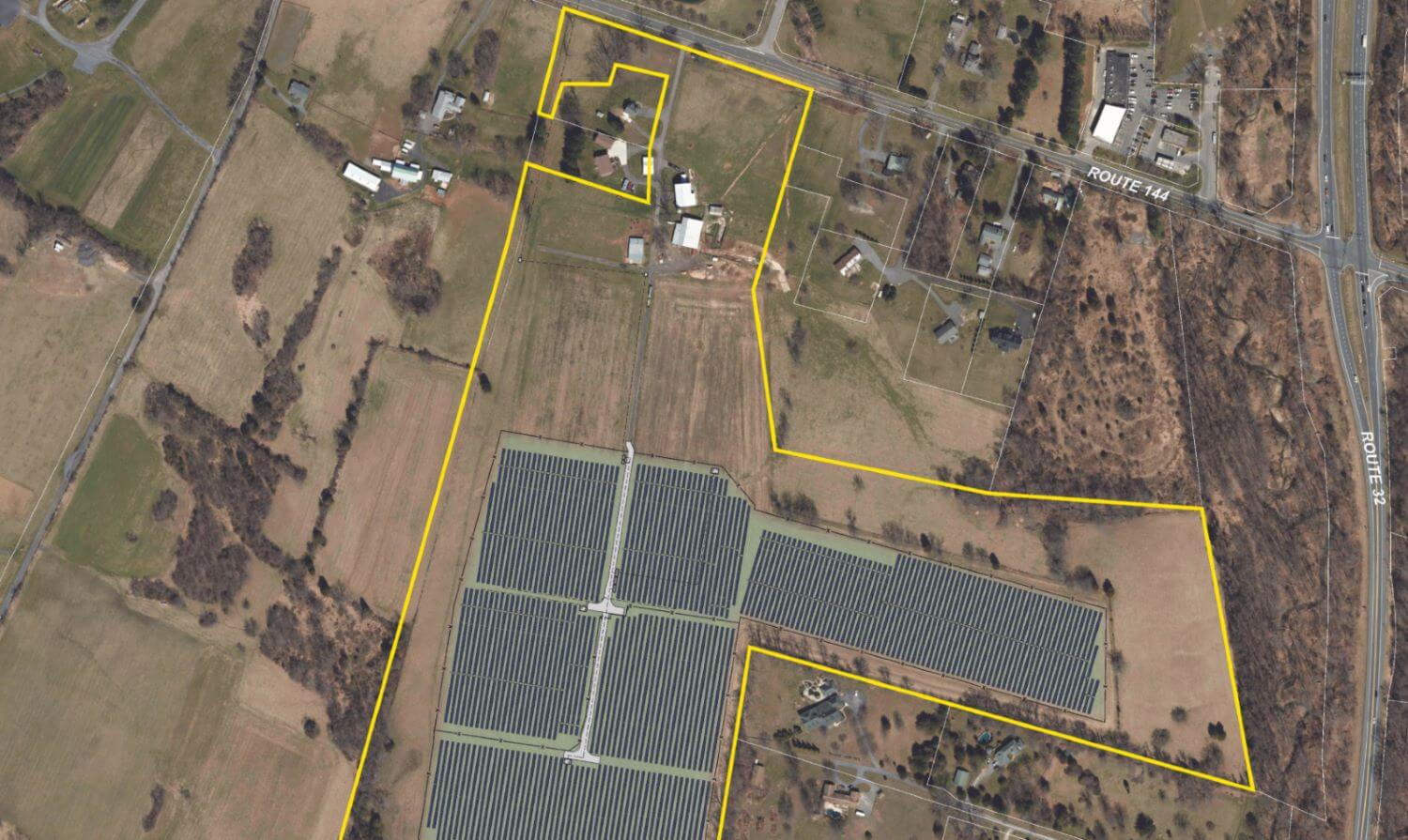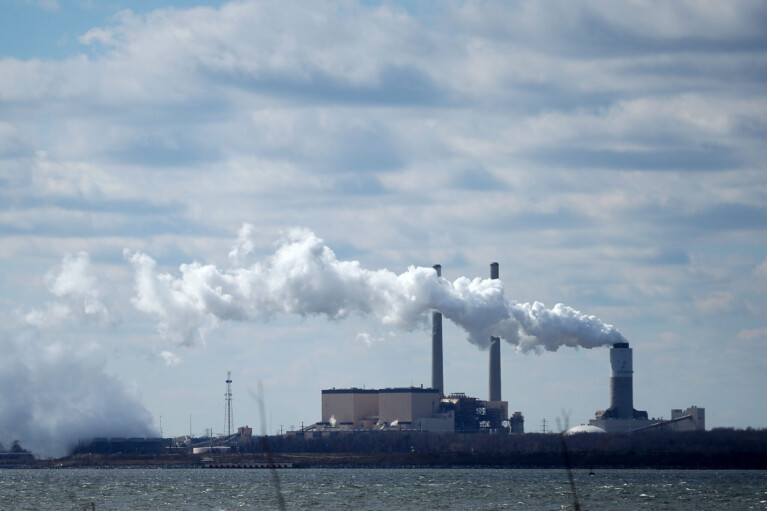
By Gerald Winegrad
The writer is an attorney and environmental leader who served in the Maryland General Assembly for 16 years, 12 as a senator.
The recent commentary published in Maryland Matters attacking the ability of farmers to install solar panels on their farmland is deserving of condemnation after a fact check. The lead author is the PR person for the massive poultry industry and appears to be worried that farmers choosing to augment their farm income with solar arrays may lead to less land to grow more chickens and grains to feed them.
Left out of this demand to curtail solar on farmland are these facts:
- Maryland has 2 million acres of farmland, about 32% of all our land mass, with 12,400 farms averaging 161 acres.
- From 2017 through 2021, the number of Maryland farms has remained the same.
- Placement of solar panels on farms does not necessarily remove land from productive agricultural uses.
- Farm owners can benefit from using the electrical energy produced and by payments from solar installation.
- The biggest threat to farmland loss is from farmers selling land for development which solar installations can help prevent.
The authors would deny property owners the right to lawfully do as they wish with their land, especially a revenue generating use with great societal benefits from the generation of carbon and pollution free electrical generation. There are already crippling regulations in place in many counties, including Anne Arundel, making it exceedingly difficult to place solar panels on farmland.
The column’s authors assert that “When farm fields are covered by solar panels, they cease to be farms.” Readers should know of the many examples of farming being augmented by solar installations.
Triple Creek Farm in Howard County has a 27-acre solar array on its 97-acres that has been in the family for 90 years. The owners were having difficulty surviving growing grains and cattle. The solar arrays are mounted on sun-trackers six feet above the ground allowing grasses and hay to grow underneath. Sheep graze in the shade below the panels, reducing the need for maintenance and providing farm income. This is happening all over the country and the term “agrivoltaic” farming has been coined.
The perimeter of the solar arrays not being used for sheep grazing is planted with native pollinator habitat enriching the soils and helping farm production as 75% of food crops rely at least partially on pollination. The solar arrays generate about 13.7 million kWh per year of electricity eliminating greenhouse gas emissions equivalent to taking 1,282 cars off the road or planting 98,380 trees.
Left out of the column that would deny farmers the choice of what to plant on their farms, is that the Delmarva Chicken Association representative well knows that one of her most prominent members, Perdue Farms, in 2011 installed a 6,720-panel solar array on their land in Bridgeville, Del. And subsequently installed a 5-acre solar project next to their Salisbury headquarters.
They touted the planting of a pollinator-friendly habitat under and around the latter as “a no-brainer for us … pollinator habitat can help increase yields of a variety of fruits and vegetables, including soybeans — one of the key components of a chicken’s diet … pollinator-friendly solar is a great way for electric utilities and corporations to ensure the solar energy they are buying does not result in negative tradeoffs.”
In 2017, Perdue Farms was part of a coalition of agriculture, conservation, and energy organizations that gained enactment of legislation to establish statewide standards for pollinator-friendly solar.
The Delmarva Chicken Association representative would block significant solar expansion on farmland, the best and cheapest way to meet our state’s ambitious clean energy goals. This is despite the industry record breaking chicken production on the Eastern Shore in 2022 with $5 billion in wholesale sales for 4.4 billion pounds of chicken meat, a 38% production increase in 20 years.
Chicken litter (poop, etc.) produced from 4,889 chicken houses reached 1.6 billion pounds creating serious ecological issues. Farmers should not be denied the ability to plant solar panels under the guise of making more land available to grow chickens and the grains to feed them. Isn’t 2 million acres of farmland enough?




 Creative Commons Attribution
Creative Commons Attribution